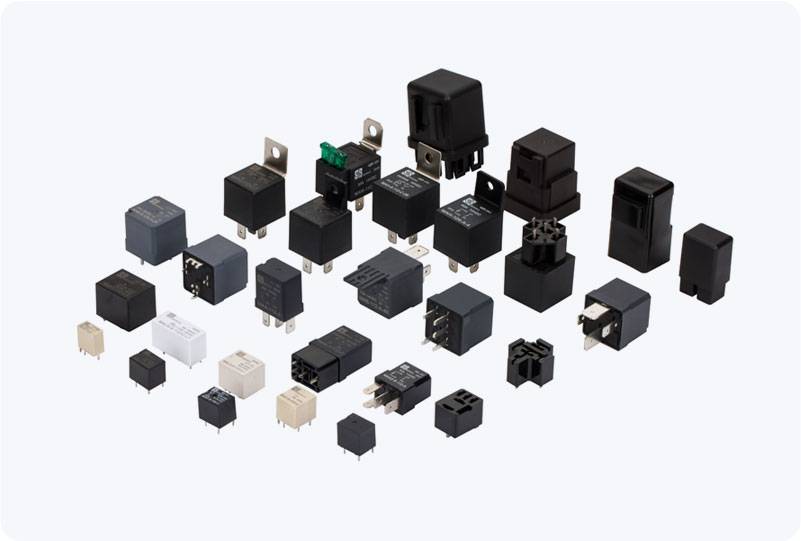low power communication relay: enhancing iot connectivity and efficiency
Release time:2025-08-11 09:36:29
In the era of the Internet of Things (IoT), the demand for efficient communication between devices has never been higher. A crucial challenge faced by IoT networks is the need for low-power, reliable communication methods that can operate over long distances while consuming minimal energy. Low Power Communication Relays (LPCRs) have emerged as a key solution to this problem, providing an efficient way to extend network coverage while preserving battery life. This article explores the concept of LPCR, its applications, benefits, and the role it plays in modern communication systems.

What is a Low Power Communication Relay?
A Low Power Communication Relay is a device that relays communication signals between nodes in a wireless network. These relays are designed to operate with minimal energy consumption, ensuring that IoT devices, which often run on battery power, can maintain communication without depleting their energy reserves too quickly. By acting as intermediaries, LPCRs help extend the communication range of IoT devices and improve the overall network performance.
How Does a Low Power Communication Relay Work?
LPCRs function by receiving signals from one device and transmitting them to the next device in the network. The relay helps overcome obstacles such as physical barriers or long distances that could hinder direct communication between two devices. Unlike traditional communication systems, which rely on high-power signals to transmit data over long distances, LPCRs use low-power signals, reducing energy consumption while still maintaining an effective communication link.

